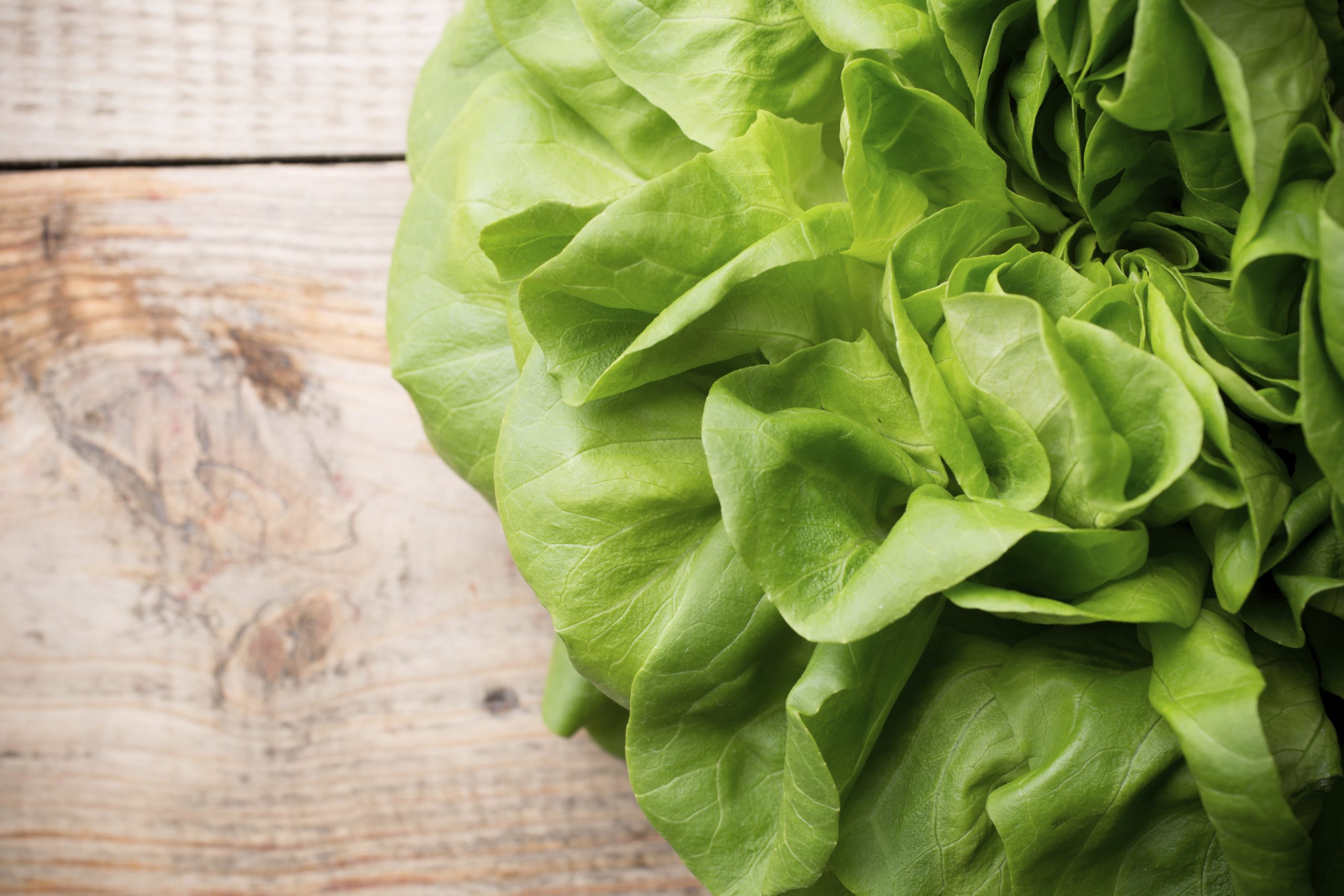
AUSVEG updates NT growers on biosecurity and protected cropping
10 March 2020
Improving processing vegetable yields through improved production practices
10 March 2020Healthy living and tailor-made diets are continuing to make their mark on Australians’ eating habits. In a strategic levy investment project funded by Hort Innovation, Workshop Australia analysed consumer trends to find out how growers can position their vegetables front and centre, as well as create trends of their own. Jarrod Strauch reported on this project in September 2017.
In the ongoing discussions about marketing in the Australian vegetable industry, the easiest question to answer is why – to help Australians live healthier lives, and to make our industry more successful, through increasing vegetable consumption. It’s less well-understood how growers, or groups of growers, could capitalise on emerging and future consumer trends to promote their vegetables and capture the public’s imagination.
The project Vegetable trend forecasting and analysis (VG16027) was a strategic levy investment under the Hort Innovation Vegetable Fund. It was commissioned to research trends and produce a resource for growers to better understand how to go about undertaking their own marketing activities.
At the outset of the project, Hort Innovation delivery partner Workshop Australia looked at kale, one of the biggest recent trend foods, to find out what drove each boom. Kale is perhaps the most successful ‘superfood’ of the last decade, rising from being used as decoration at Pizza Hut salad bars to becoming a household name.
Workshop discovered that this resulted from a PR agency making use of high-profile restaurants to push kale as an innovative meal component with huge health benefits.
“Not long after that, it trickled down into supermarket shelves, with people using kale at home, and a couple of years later it appeared on a Time magazine list of the top 10 food trends for the year,” Workshop Senior Strategist Tom McGillick said.
The key takeaway was the role that restaurants play as industry tastemakers.
“They’re the ones that are having ideas that are trickling down through the food industry and through more casual kitchens,” Mr McGillick said.
“They’re also informing trend forecasters in supermarkets and food retailers who, in turn, put those foods on the shelf.”
Trending topics
When Workshop analysed trends to identify consumers’ motivations and find their perfect vegetable match, they discovered the biggest potential in two areas – increasingly customised diets and a shift towards lower meat consumption.
“As people become more familiar with following diets, the type of things that we are looking to and expecting to be able to achieve become a lot more sophisticated,” Mr McGillick said.
Workshop’s research suggests that as well as pursuing more intangible targets, like ‘harmony’ or ‘balance’, consumers are also mixing and matching ingredients based on their nutritional benefits to meet specific goals like improving their mental or digestive health.
Coupled with the rising number of Australians following predominantly meat-free diets, this presents an opportunity for the industry to educate consumers about the specific benefits of individual vegetables.
“People feel they can achieve very specific things with their diets. They’re also looking for a more holistic approach to their health, and they’re increasingly turning to vegetables and plant-based diets to provide them with that kind of thing,” Mr McGillick said.
“There’s an increasing need, both in home cooking and food service, for plant-based meat substitutes that offer a meaty mouthfeel – that are familiar foods that someone who’s new to vegetarianism can turn to.”
Framework for the future
Workshop took this knowledge and created a profile of what a vegetable requires to be made into a cultural trend: strong health benefits; an ability to be used as a novel proposition for the food service industry; an ability to capture consumers’ imaginations; and on the production side, an ability to sustain supply for an increased demand over an extended period.
Workshop identified broccoli and eggplant as offering potential to meet these requirements in the immediate future, and have produced case studies showing how growers of these vegetables, or groups of growers, could leverage existing trends should they have the ability to fund their own marketing activity.
More broadly, however, Workshop created a framework for anyone in the industry to identify emerging trends, match them with a specific vegetable crop, and capitalise on that opportunity.
“It was really about creating a resource that would be relevant to all growers to do something under their own steam, if that’s what they wanted to do,” Mr McGillick said.
The framework suggests that growers should use Google Trends and other sources to identify which vegetables are becoming more popular, consider the nutritional benefits of these vegetables and look at how they relate to current food trends, and work with the food service industry to deliver a novel proposition.
As conversations about industry members’ marketing options continue, this research will prove invaluable for growers assessing their options.
Find out more
Read the project’s final report on the InfoVeg database.
This project was funded by Hort Innovation using the vegetable research and development levy and contributions from the Australian Government.
Project number: VG16027

